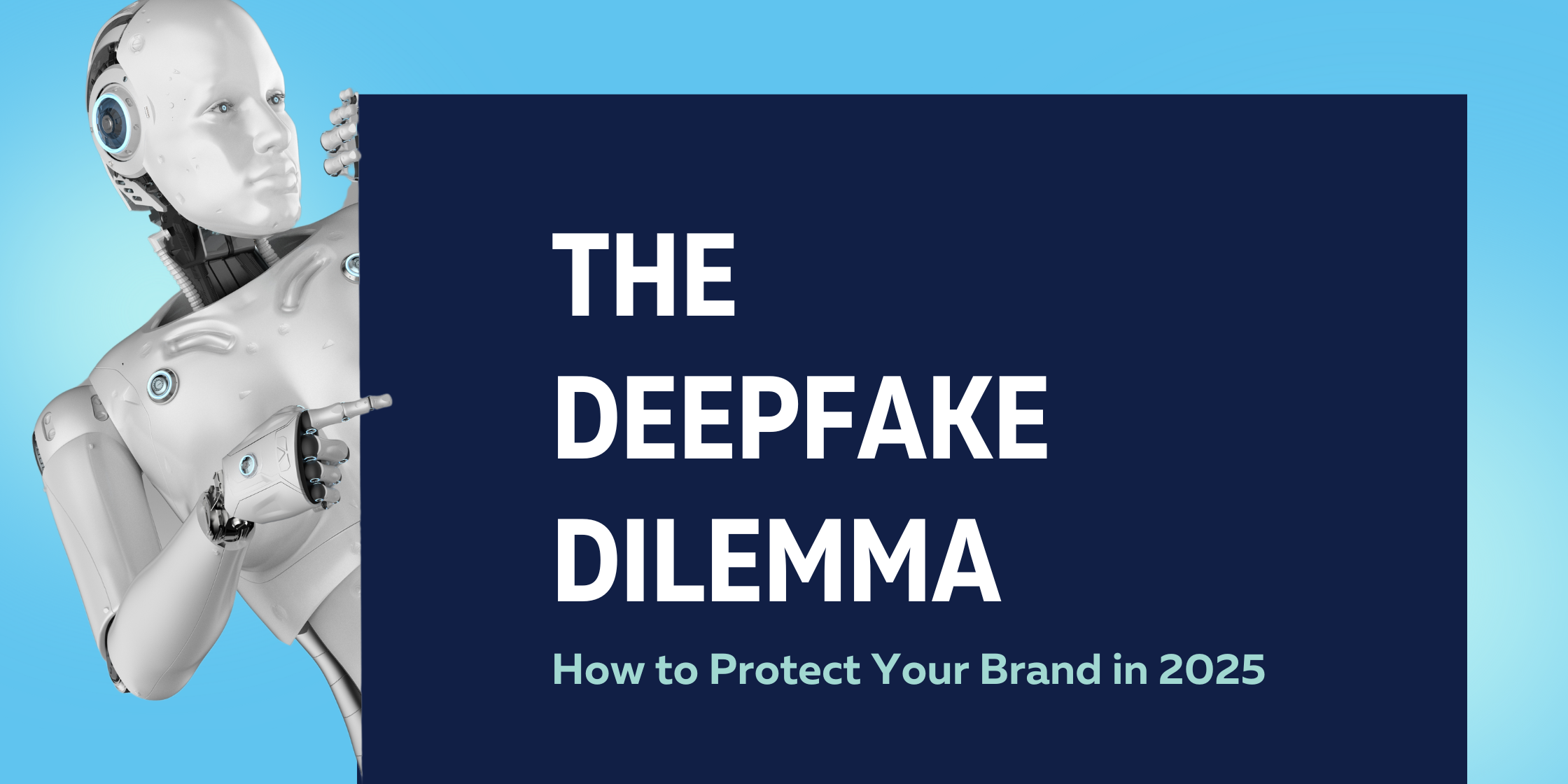In today’s digital Wild West, where AI-generated videos can make anyone say (or sing) just about anything, deepfake technology poses a growing threat to brand reputation. These hyper-realistic, AI-crafted videos or audio clips can depict individuals making statements they never actually made—causing PR nightmares, consumer panic, and a lot of digital damage control.
So, how can businesses avoid getting caught in the deepfake crossfire? Let’s break it down.
Understanding the Deepfake Threat
Deepfakes use advanced artificial intelligence to create shockingly convincing imitations of real people. And while this technology has legitimate uses (hello, movie magic!), its misuse is where things get messy.
Take the infamous deepfake of actor Tom Cruise that flooded TikTok (@deeptomcruise)—so eerily realistic that millions of viewers were fooled. Now, imagine the same technology being used to fabricate a CEO making offensive remarks or announcing a fake product recall. That’s when brands start sweating.
And it’s not just hypothetical. In 2023, a deepfake video of a well-known financial executive endorsing a fraudulent investment scheme made rounds online, costing real investors millions (get the scoop!). As this tech evolves, so do the risks.
(Want to see how deepfakes work? Check out MIT’s deepfake explainer for a deep dive into the science behind them.)
Proactive Measures for PR Professionals
PR pros, it’s time to level up your crisis game. Here’s how:
- Establish a Crisis Response Plan: No one wants to wake up to a PR disaster, but a solid crisis communication plan can save the day if a deepfake does surface. Outline who responds, how to address misinformation, and the fastest way to set the record straight.
- Educate and Train Employees: Your team should know how to spot a deepfake and what steps to take if they encounter one. Regular training can prevent knee-jerk reactions to false content.
- Use Verification Tools: AI isn’t just the problem—it’s also the solution. Tools like Microsoft’s Video Authenticator or Deepware Scanner can help identify manipulated media before it spreads.
- Maintain Transparency: If a deepfake targets your brand, get ahead of the narrative. Acknowledge the falsehood, provide verified facts, and keep communication open with your audience.
The Role of Authenticity in Building Resilience
A strong, authentic brand reputation is the best armor against digital deception. When your audience trusts you, they’re more likely to question sketchy content before jumping to conclusions. Consistent transparency, ethical business practices, and stakeholder engagement can make all the difference.
Ultimately, deepfakes will not disappear, but brands can stay ahead of the curve with the right strategies.
For more insights on protecting your brand in the digital age, check out these PR must-reads:

